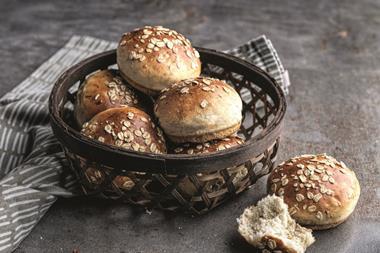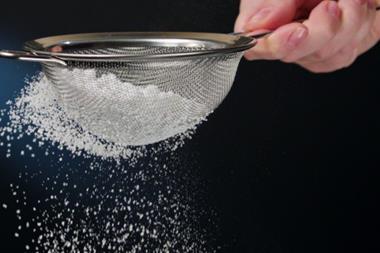Nancy Gaul, global marketing director, Tate & Lyle, on the role fibre – particularly that from oats – can play in sugar reduction in snacks
For consumers across the globe, reducing the consumption of sugars and total calorie intake remains a top priority. An average of 55% of consumers say they are trying to consume less sugar, while 42% say they are trying to consume fewer calories, according to Tate & Lyle research.
As a result, the total number of no-/low-calorie and no-/low-sugar claims on food and beverage products has risen 87% since 2010 (Innova).
This trend has gained momentum due to government initiatives and campaigns such as the recent drive by Public Heath England to reduce children’s sugar intake.
However, although committed to reducing calories and sugars, consumers are not willing to sacrifice great taste, so the key for producers is finding the right mix of solutions without compromising taste or texture.
Replacing added sugars in baked goods, in particular, is no simple task.
In addition to taste, sucrose provides structure and texture, and allows for browning. It can be especially challenging to replace sugar in yeast-fermented baked items, because the sucrose affects processing conditions and the final structure of the product.
For products such as bread, typically lower in sugar, only a portion of the sugar can be removed if proper taste and structure from the yeast fermentation are to be retained.
These challenges mean more manufacturers are turning to select fibres in their formulations. Fibre compensates for the lack of bulk and texture in baked goods and allows for a satisfying sensory experience in reduced-sugar and reduced-calorie formulations.
Of particular interest to baked snacks manufacturers is oat fibre, due to its strong consumer appeal; in a recent study, two-thirds of consumers ranked oat fibre as their most preferred to see on a label (Qualtrics, Fibre A&U).
Innovation using oats is increasing, with product launches containing oats nearly doubling from 2012 to 2016 (Innova August 2016), led by the snacks category. According to Innova Market Insights, this category has seen a 64% global increase in launches with a cholesterol-related claim between 2014 and 2015 .
Right now, there is no Holy Grail when it comes to sugar reduction – sugar replacement is never a one-for-one exchange. However, fibre has proved to be a popular solution to resolve nutrition benefit reformulation challenges in the baked goods category.


























No comments yet